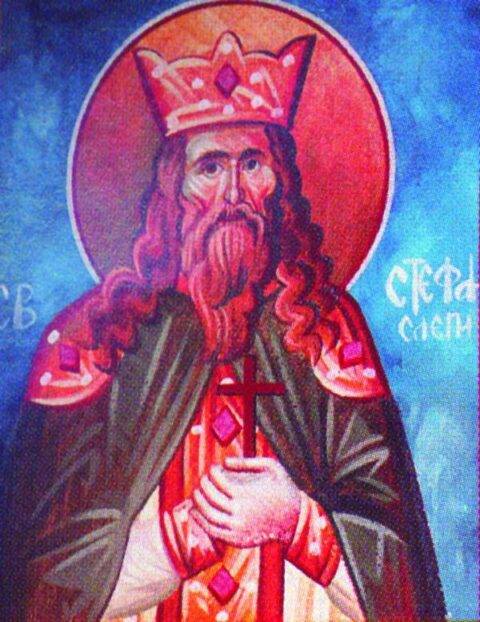
Saint Stephen, Despot of Serbia (the Blind)
Stefan Branković (c. 1425 - October 9, 1476) was the son of Despot Đurđe and Jerina Branković. Đurđe gave his daughter Mara to marry Sultan Murat II, as a sacrifice for the salvation of the people and the homeland. Later, Murat II took Marina's brothers Stefan and Grgur hostage and blinded them. He assumed despotic power over Serbia in 1458, after the death of his youngest brother Lazar, the despot. Stefan the Blind ruled together with his daughter-in-law. He immediately entered into diplomatic relations with the Hungarian court, seeking help. After the agreement with the Hungarians, the first to arrive was Mihailo Silađi with his 8,000 soldiers and deployed along the Danube, trying to prevent the possible crossing of the Turks across the river. However, in such circumstances, the Serbian Despotate began to practically surrender, leaving its lands to foreigners to defend. The personality of Despot Stefan began to fade into oblivion. The Bosnian King Stefan Tomaš offered a solution for Smederevo at the council in Trebinje. He offered to marry the daughter of the deceased Despot Lazar, Jelač, to his son Stefan Tomašević, planning to receive the remains of the despotate as a dowry. The Hungarian king agreed to this decision, without asking the Serbian Despot Stefan. On April 1, 1459, the wedding of Stefan Tomašević and Jelača took place, and thus the Bosnian king received the Serbian Despotate as a dowry. Despot Stefan was deposed from the throne on April 8, 1459, and then left Serbia. The deposed Despot Stefan Branković then went to Buda, then to his sister, Countess Catherine of Celje, and then to Dubrovnik. From there, he went to visit Skanderbeg in Albania, where in 1460 he married Angelina, Skanderbeg's daughter. From that marriage, he had a son, George, and two younger children (John and Mary). Towards the end of his life, he stayed in Venice, only to find himself at the very end of his life in a dilapidated castle near Udine, which was called Belgrade, and was also known as Friuli. Often ill, he spent his days in poverty and begging for help. He wrote letters to lords in Italy. Until his death, he lived on alms sent to him by the Venetians, the Ragusans, and the Pope. He died on October 9, 1476 in the same castle. His incorruptible and miraculous relics were cut down and burned by the Turks together with the Krušedol monastery in 1716. The rest of his relics rest in the renovated Krušedol monastery on Fruška Gora, the endowment of his son Đorđe Branković, who was called Maxim in monasticism.
Troparion (tone 4):
The spring of grace has blossomed for us, the memory of Stephen the New, that we may celebrate his Glorifier. For he calls upon all who love feasts to offer thanks to God, Who preserved his body in the tomb whole and incorruptible, and glorified by miracles: He prays to the Lord for his people, as a patriot, and for those who celebrate his memory.
PHOTOS
RELATED ARTICLES
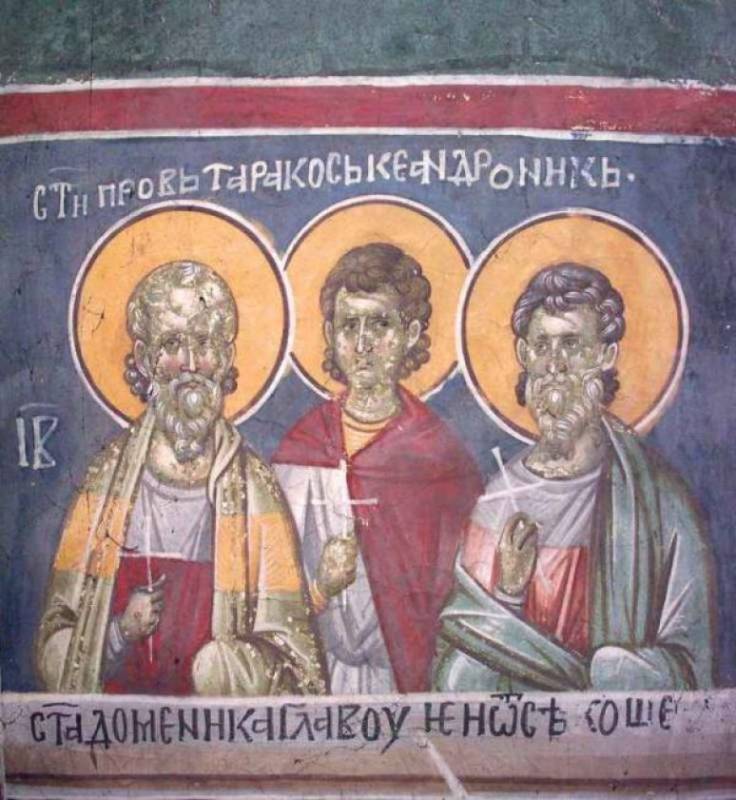
Calendar for October 25 Holy Martyrs Tarachus, Probus and Andronicus
Tarachus was a native of Claudiopolis in Syria, Probus from Side in Pamphylia,...
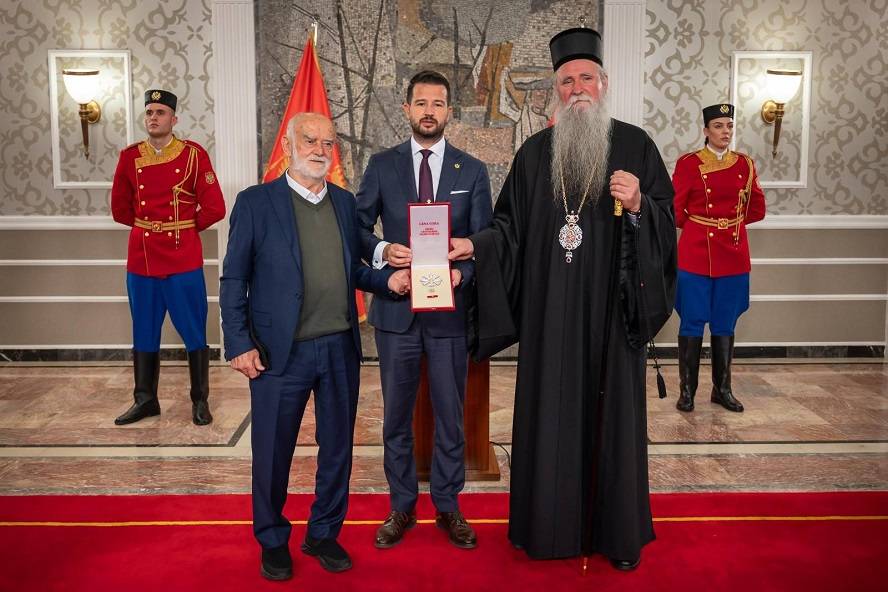
PRESIDENT MILATOVIĆ POSTHUMOUSLY AWARDED THE ORDER OF THE GREAT STAR OF MONTENEGRO TO...
President Jakov Milatović awarded today the posthumous Order of the Montenegrin...
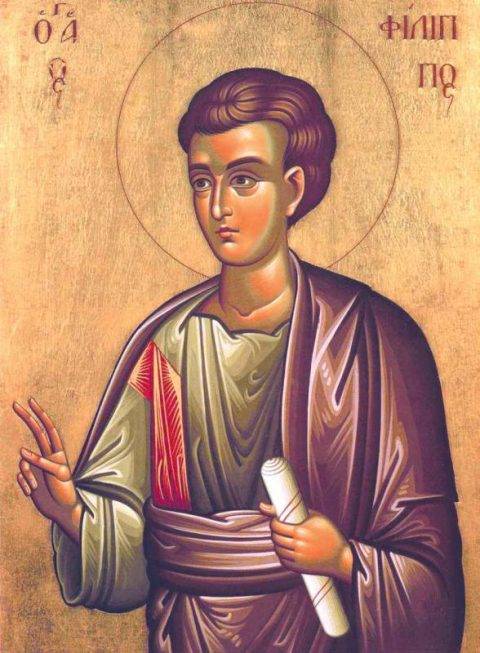
Calendar for October 24 Saint Apostle Philip
A native of Caesarea in Palestine. He was married and had 4 daughters, all...


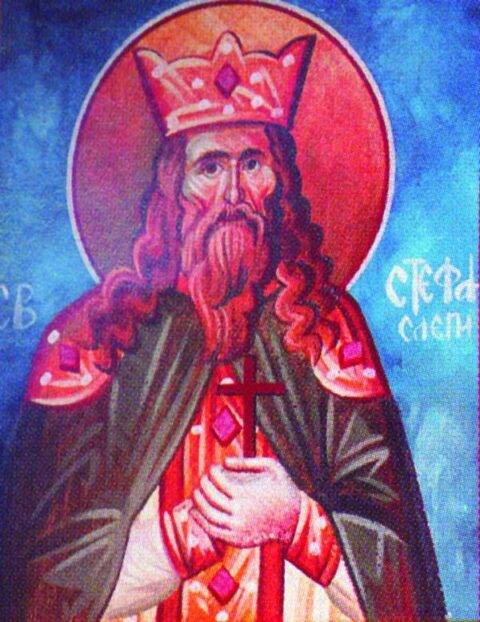

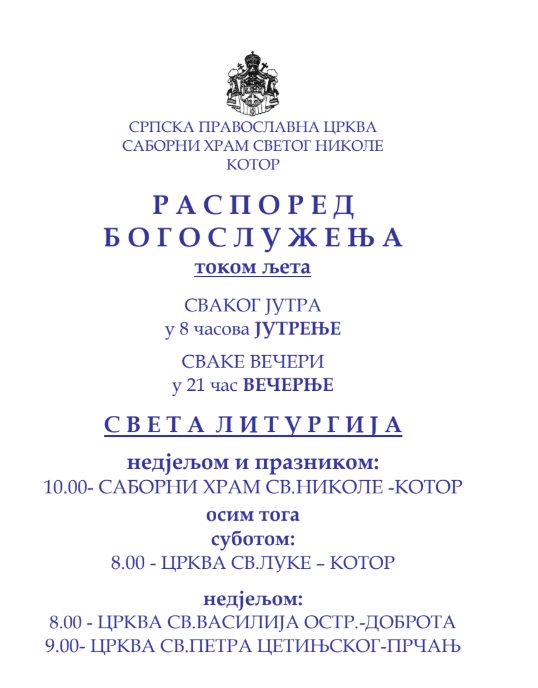
.png)